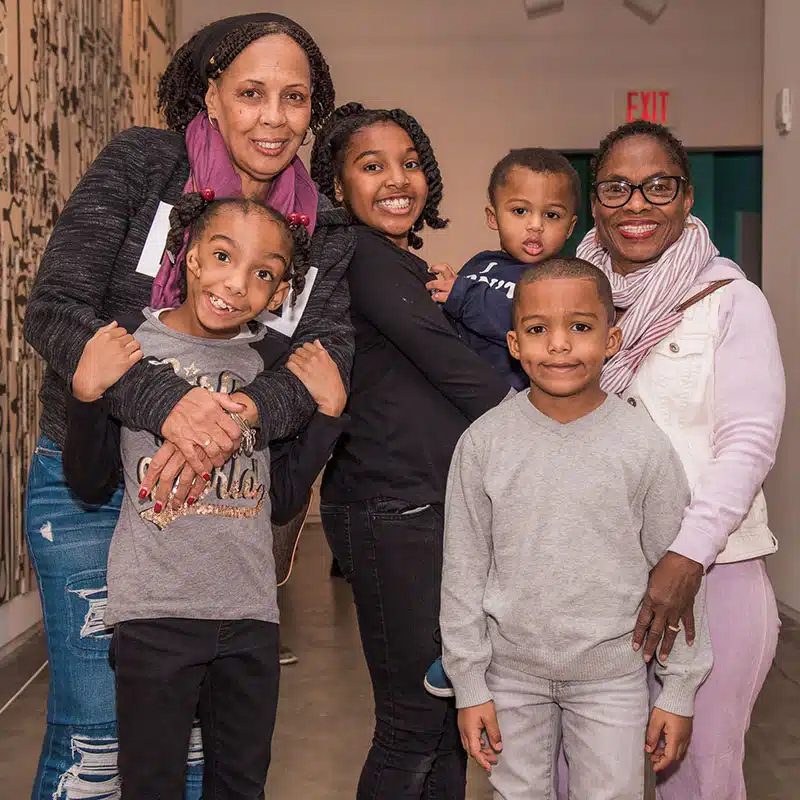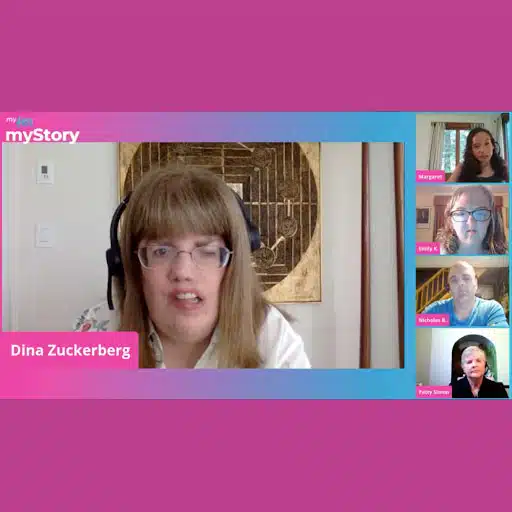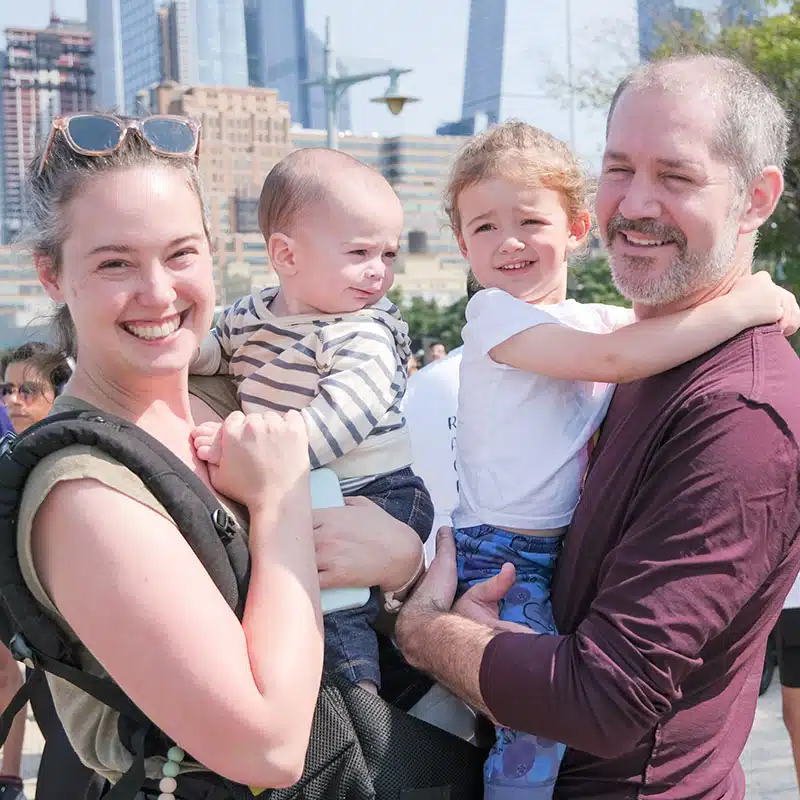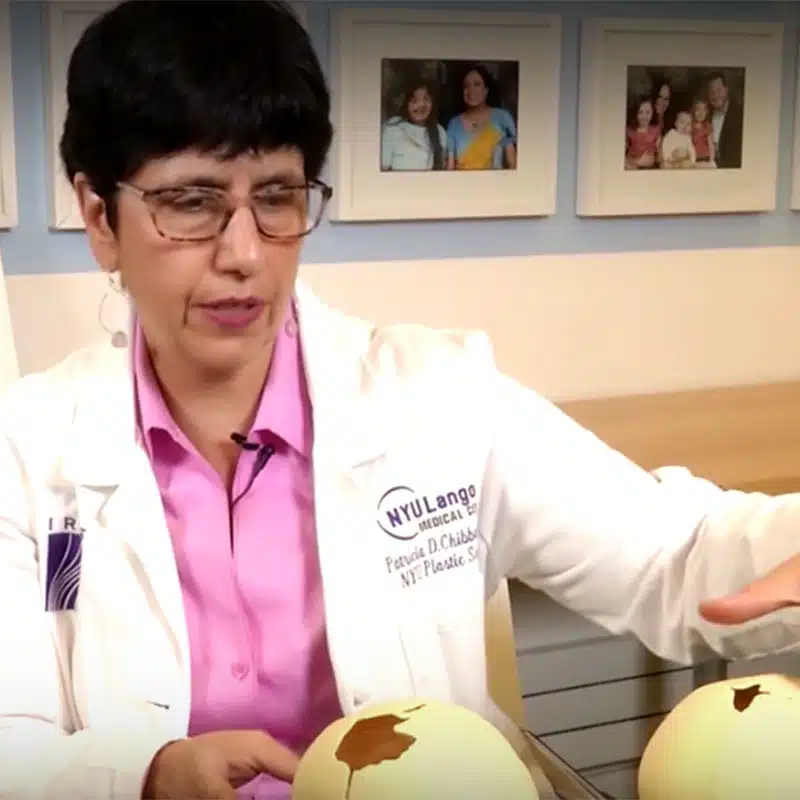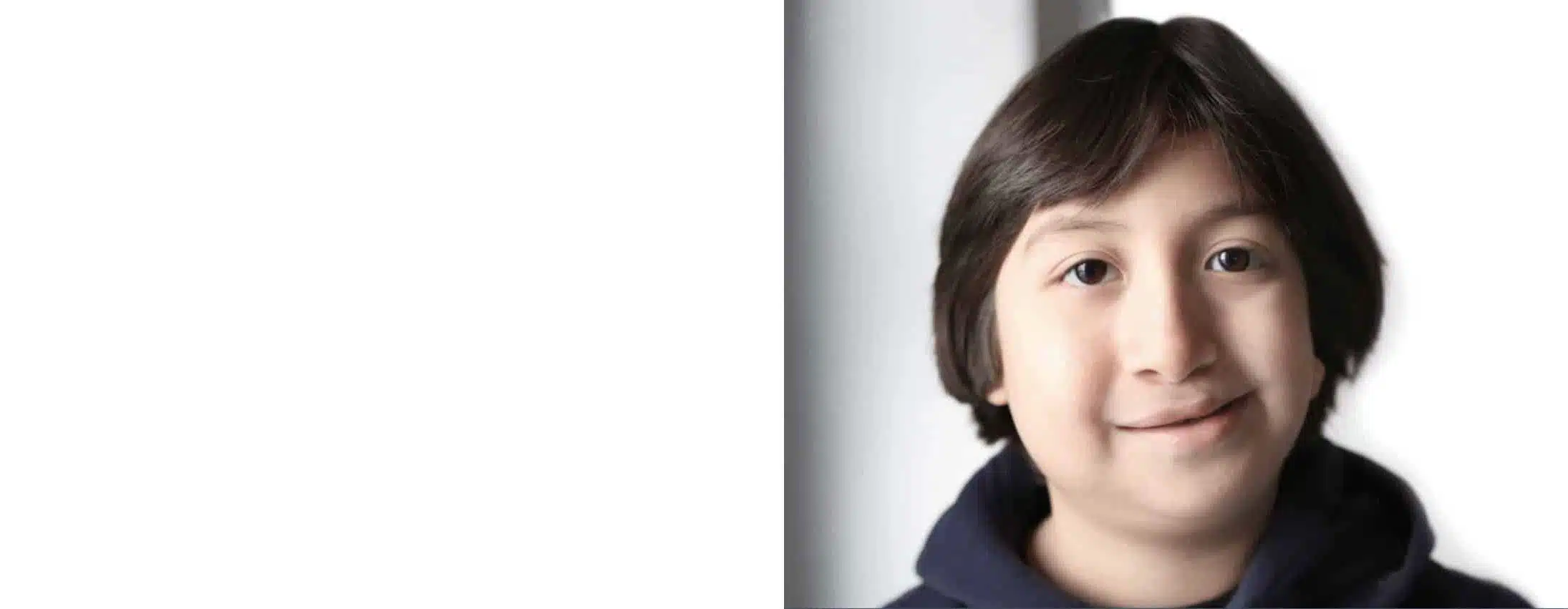Treatments & Procedures for Craniofacial Microsomia
Home > Craniofacial Conditions > Craniofacial Microsomia > Treatments & Procedures
Treatments & Procedures for Craniofacial Microsomia
The treatment of craniofacial microsomia varies based on the types and extent of anomalies. Children with mild symptoms may not need any treatment, while others with more severe symptoms will need to work with a team of specialists to create an individualized care plan to address each individual symptom and determine the timing of various interventions.
Studies have shown that most patients with craniofacial microsomia do not require surgical correction, but those who do often need procedures that can be performed in stages. Craniofacial microsomia and its associated forms are progressive conditions, with the skeletal and soft tissue changes becoming more pronounced with time. There is virtually no “catch up” growth on the affected side of the face.
There are two opposing approaches to determining the timing of surgeries for these conditions. In one approach, major surgical interventions are delayed until after puberty. This ensures more predictable outcomes and reduces the need for revision surgeries, as growth has already been completed. Others advocate instead for early surgery because of the progressive nature of the condition. Proponents of the early intervention approach also note that early treatment can reduce the psychosocial impact of the condition on a child. Recent studies have shown that both approaches result in similar long-term outcomes and stability of the patient. Therefore, families should work with their team of specialists to determine the best treatment plan that is individualized for each patient’s needs and priorities.
Common craniofacial surgeries and procedures
Common craniofacial surgeries and procedures for patients with craniofacial microsomia, hemifacial microsomia, and Goldenhar syndrome include:
- Cranial remodeling, often done between 8-12 months of age, is typically done to correct asymmetry such as misalignment of the eye orbits.
- Removal of epibulbar dermoids is indicated especially if continued growth causes eye irritation, obstructs vision, or warps the cornea, causing astigmatism and blurred vision
- Distraction osteogenesis of the mandible (lower jaw) is the placement of a device in the under-developed jaw bone to elongate and reposition the bone to improve breathing. This procedure can be done as early as during the newborn and infant stages – especially if the underdeveloped jaw is affecting breathing. Otherwise, the treatment is typically started between ages 2 to 6, but can also be initiated in older children and teens who have less severe underdevelopment of the jaw.
- Orthodontic treatment is usually performed between ages 6-14 to correct missing or misaligned teeth.
- Ear reconstruction using rib cartilage is commonly done around the age of 8.
- Cochlear implantation is not yet widely utilized to treat hearing loss in craniofacial microsomia, but it has been done in a few case studies and research is ongoing; most patients with hearing impairment are treated using hearing aids or surgical options to repair middle ear structures.
- Cosmetic surgeries, often performed after ages 14-15 when craniofacial growth has been completed, can further increase symmetry of the jaw, cheekbones, ears, and forehead
Common issues that children with Craniofacial Microsomia face
Feeding issues
Feeding issues are one of the first and most common problems that children with craniofacial microsomia face. Due to the underdeveloped facial structures and associated conditions such as cleft lip and/or palate, feeding may require special measures including:
- Specialized feeding bottles
- Nasogastric feedings (using a tube inserted into the nose and extending into the stomach)
- Gastrostomy tube (G-tube) placement (a feeding tube placed directly into the stomach via the abdominal wall)
Breathing problems
Breathing problems in patients with craniofacial microsomia are also common, most often in the form of obstructive sleep apnea. This condition often leads to snoring and daytime sleepiness. It can even result in lung and heart problems – including high blood pressure, pulmonary hypertension, and heart failure – if untreated over the long-term. To keep airways open and ensure normal breathing patterns and proper oxygenation, patients typically need to wear a breathing machine that provides continuous positive airway pressure (CPAP) while sleeping.
Spine and Rib Abnormalities
Spine and rib abnormalities are often seen in patients diagnosed with Goldenhar syndrome. As a child with Goldenhar syndrome grows, spine and rib abnormalities may worsen, leading to problems such as scoliosis, dislocated hips, and joint disorders. These issues may need to be corrected using orthopedic procedures. For example, in the case of scoliosis, if the curve of the spine becomes problematic, non-surgical treatment options include use of spinal braces and physical therapy, while more severe cases may require surgical procedures such as spinal fusion or implantation of expanding rods to help stabilize the spine as the child grows.
As a result of spine curvature and abnormal rib development, some patients may develop thoracic insufficiency syndrome – which eventually results in chest wall deformity, limited lung development, and breathing problems. These children usually will require a surgery to implant one or more vertical expanding prosthetic titanium ribs (VEPTR). These rods, which can be adjusted over time, will keep the chest cavity growing at a pace to allow for adequate lung development.
Other Common Treatments for Craniofacial Microsomia
- The following are other common treatments often used to address various conditions and disabilities related to the syndrome:
- Vision correction using eyeglasses or surgery
- Hearing aids for partial deafness or cochlear implants for patients with complete hearing loss
- Speech therapy to improve language and feeding related issues
- Physical therapists and occupational therapists to help with motor skill development
- Surgical procedures to correct various anomalies including heart defects, cleft lip or palate, obstructive sleep apnea, microtia, and spinal malformations
Resources for the Craniofacial Community
myFace provides individuals and families living with a facial difference access to holistic comprehensive care, psychosocial services, education, resources and support that pave the way for better outcomes.
